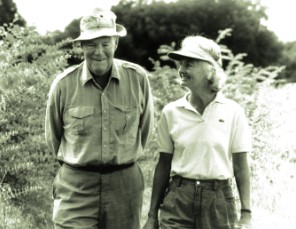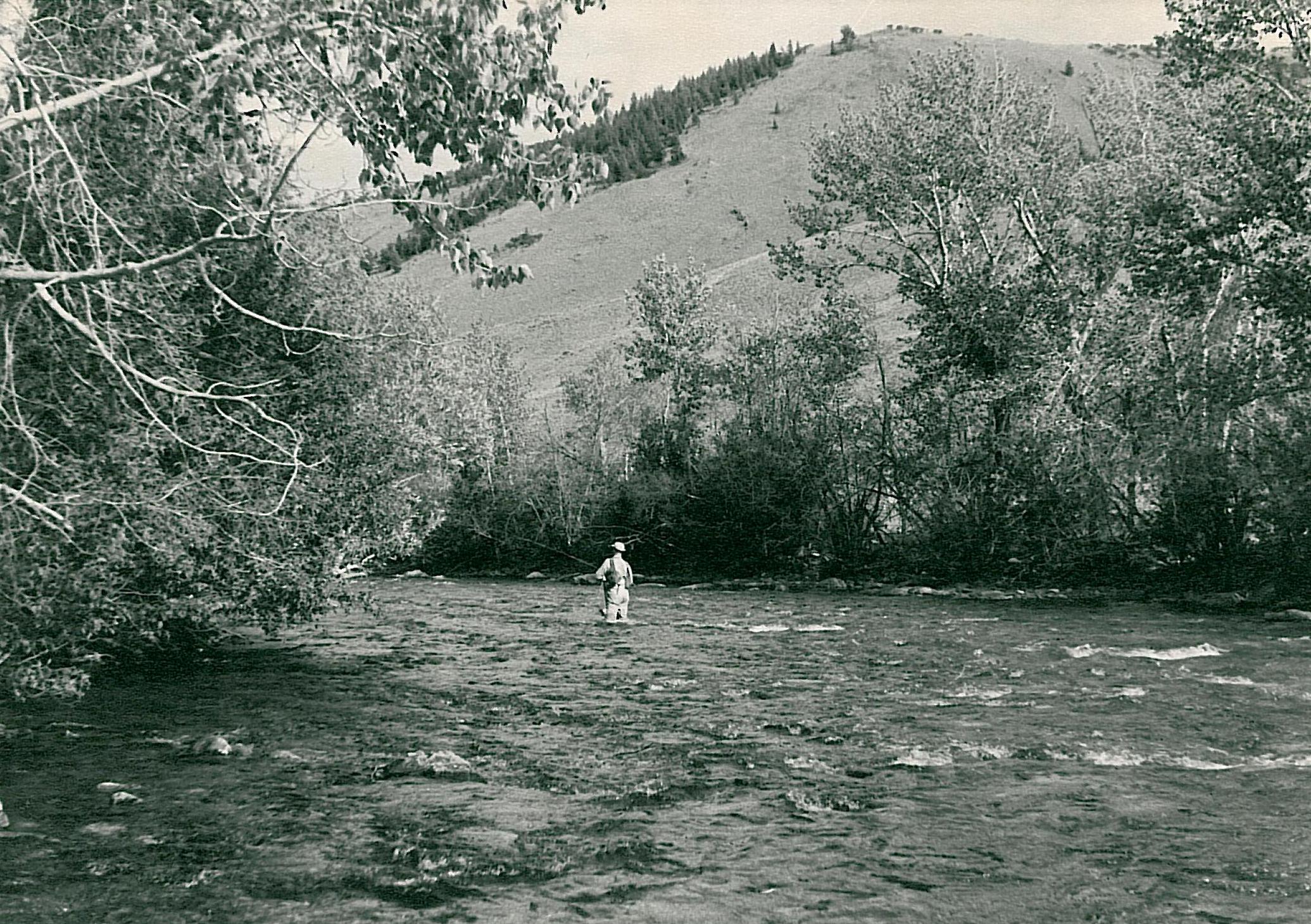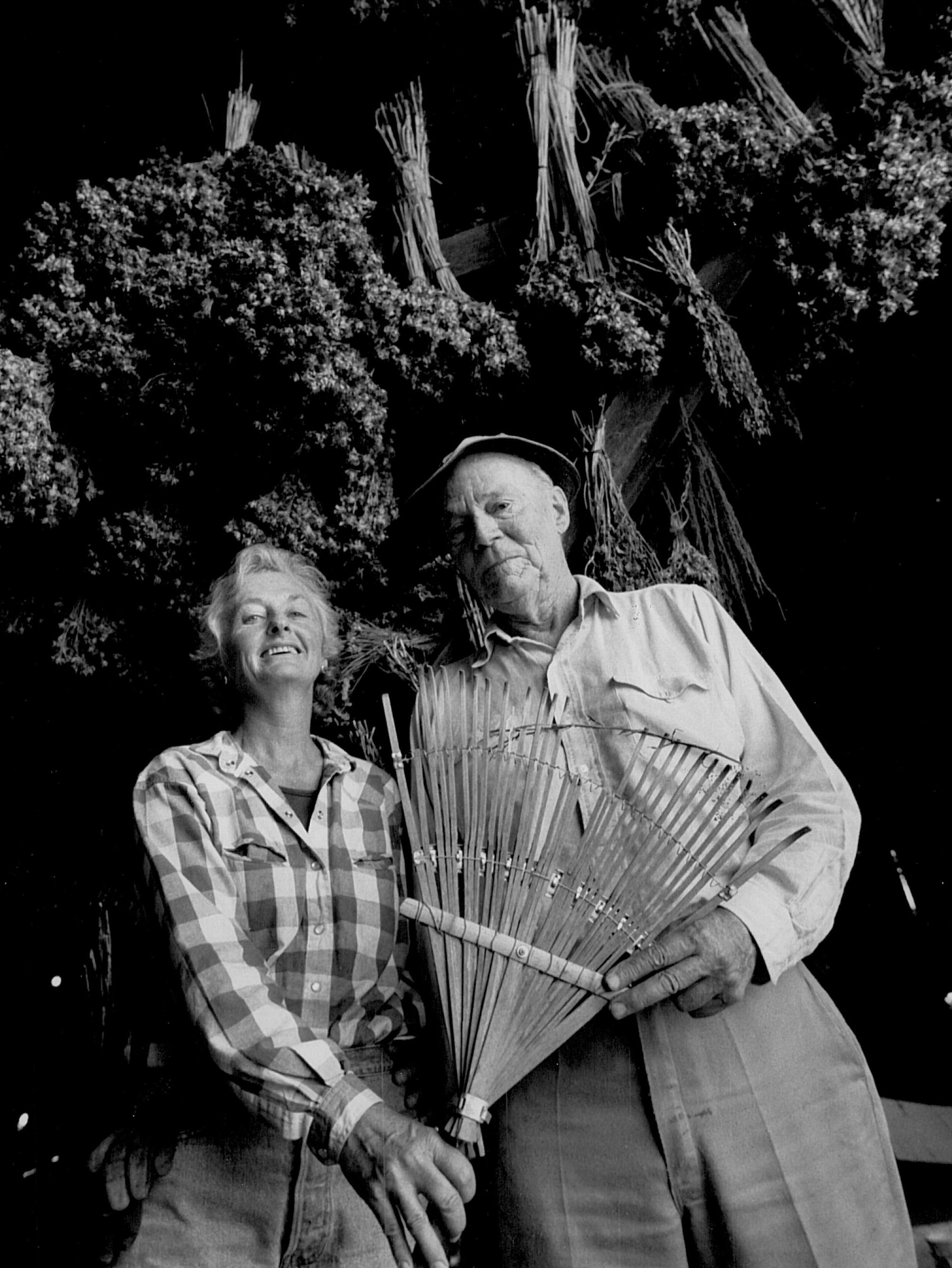

Wildlife Refuge Beginnings
Teller Wildlife Refuge exists because of the foresight of two conservation legends, Otto “Mose” Teller and Phil Tawney. The two joined together in the early 1980s to work for the conservation of Montana’s natural resources.
Otto was an avid fly fisherman and waterfowl hunter, conservationist and summer resident of the Bitterroot Valley for more than 50 years. He became increasingly concerned about the fragmentation of habitat in the Bitterroot and began purchasing river bottom and farmland properties. He combined 18 smaller properties near Corvallis to recreate what had been the Chaffin and Slack family homesteads.
With the help of attorney and friend, Phil Tawney, Otto consolidated and placed the 1,200 acres into conservation easements, assuring that the land will remain forever undeveloped. Otto remodeled some of the homes and barns on the properties to serve as guest houses for visitors and as a meeting place for conservation gatherings and forums.
With its acreage stretching along a five-mile section of the Bitterroot River, Teller is made up of diverse habitats, including streams, spring creeks, irrigation ditches, emergent and open water wetlands, and agricultural fields
Otto passed away on December 1, 1998. Because of the generosity of Otto and his wife, Anne, Teller Wildlife Refuge continues to exist as the non-profit, tax-exempt organization incorporated by Otto and Anne in 1988. Today, a dedicated volunteer Board of Trustees and a small, professional staff manages the day to day operations, implements the board-approved strategic plan and insures delivery of Teller’s mission


Homestead Histories
Slack House circa 1990
Slack House
Originally built in 1864 and renovated in 2010, the Slack House is not only the oldest homestead on Teller, but it also intertwines the Slack and Chaffin family history. The story of the Slack House is rooted long before its beginnings with John “Jack” Slack, born in 1835, in Baltimore.
Chaffin House
Intrepid travelers, Elijah and Margaret Chaffin, headed west in 1864 from their native Tennessee. They traversed the wild west by ox-drawn wagons, bound for Oregon with their three children, his two brothers and their wives, and two other families. By summer, they made it to Bannack, Montana, where they met up with Mary Polly Chaffin, Elijah’s younger sister, who had moved west a year earlier.
Chaffin House circa 1915
Teller’s main office, Quast House
Quast House
The Quast House story begins with John Summers, who was born in 1849 in Galloway Green County, Missouri. When he was only 19, he worked as a blacksmith traveling by horseback through Montana, until he finally settled in Corvallis in 1877, at age 28. Juda Chaffin, daughter of Elijah and Margaret Chaffin (homesteaders of the Chaffin House on Teller) married John, in 1878. Moving to various locations around the valley, the flourishing couple became substantial landowners and ranchers.





